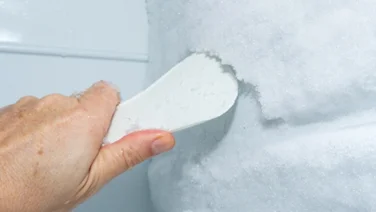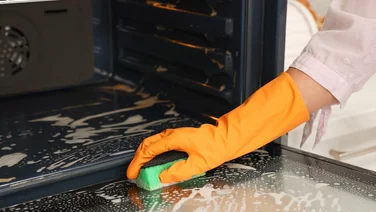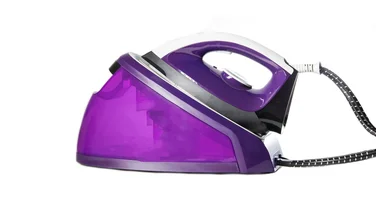To help us provide you with free impartial advice, we may earn a commission if you buy through links on our site. Learn more

Washing machines are a staple appliance in most households but while we rely on them weekly or even daily to keep our clothes clean, we often forget that from time to time, the machine itself requires a good scrub. Knowing how to clean washing machine drawers can make a huge difference to how clean your machine and clothes are.
Thankfully, cleaning washing machine drawers is a relatively quick and simple task. A good soapy soak and scrub once a month should be enough to keep them hygienic and functional. However, be prepared to reach for off-the-shelf solutions if you find yourself dealing with mould or limescale. Read our guide below for the full run-down.
READ NEXT: The best washing machines to buy
Why do I need to clean my washing machine drawers?
The drawers on a washing machine hold the detergent and fabric conditioner. During a wash, water enters the drawers and flushes the products into the drum. However, occasionally some detergent is left behind and can eventually build up in the drawers. Unless you have a self-cleaning model, neglecting your machine’s drawers can lead to blockages, leaks, mould and unpleasant odours.
What will I need?
Cleaning washing machine drawers shouldn’t be arduous or expensive. In fact, you probably already have most of what you’ll need at home. Usually, all it takes is some soapy water, a sponge and a toothbrush or other small brush. However, if your drawers suffer from significant mould or limescale, you’ll also want to arm yourself with some dedicated washing machine cleaner or vinegar as well.
How do I remove the drawers?
- Before you do anything, make sure your washing machine is switched off.
- Usually there will be a button or lever, which you’ll need to hold down as you pull the drawer out. The mechanisms will vary depending on your appliance, so check the manufacturer’s instructions if you’re unsure.
- If the drawer won’t budge, check for detergent build-up obstructing its removal and deal with that first using hot, soapy water.
- If your drawer has detachable elements and compartments, remove these completely and wash them individually.
READ NEXT: The best washing machine cleaners to buy
How do I clean the drawers?
- First, if your drawers are suitable for soaking, leave them in a basin or sink of warm, soapy water. If your appliance has drawers that should not be submerged, wash them with a sponge under running water instead. Never put your drawers in the dishwasher.
- After soaking and washing the drawers with a sponge, attack any leftover residue with your small brush. Clear the bacteria hotspots, such as corners and crevices where build-up is the worst.
- Scrape off thick deposits with a blunt object such as a plastic spatula.
- Don’t forget to wipe down the housing of the drawer in the machine and remove residue from the water jet holes.
- Finally, rinse and wipe the drawer down.
- Make sure all parts are completely dry and secured in place before returning them to the machine.
READ NEXT: The best eco-friendly laundry detergents
How do I get rid of limescale and mould in my washing machine drawers?
Your drawers may have mould or limescale build-up that require additional scrubbing to remove. After soaking and an initial scrub, you’ll want to apply another solution. Generally, if the build-up in your drawer is significant and you don’t have the time for several applications of vinegar, you’ll want to go for shop-bought cleaners.

There are a range of washing machine cleaners designed to tackle these specific issues such as Dettol Anti-Bacterial 5-in-1 and Calgon Antibacterial Water Softening Gel. If you prefer a DIY solution, you can dilute one cup (237ml) of white vinegar with the same amount of water and leave the liquid on the affected areas for 15 to 30 minutes. Then simply scrub and rinse the drawer again, repeating this process as needed.
How do I keep my washing machine drawers in good condition?
For spotless, efficient washing machine drawers, consistency is key:
- Avoid using too much detergent. Check how much is needed based on the appliance specifications, the product instructions and how heavy and dirty the washing load is.
- If you use powder, keep it dry and clump-free by placing it in a cool, dry place and in an airtight container.
- Empty and dry the machine drawers after using your washing machine.






